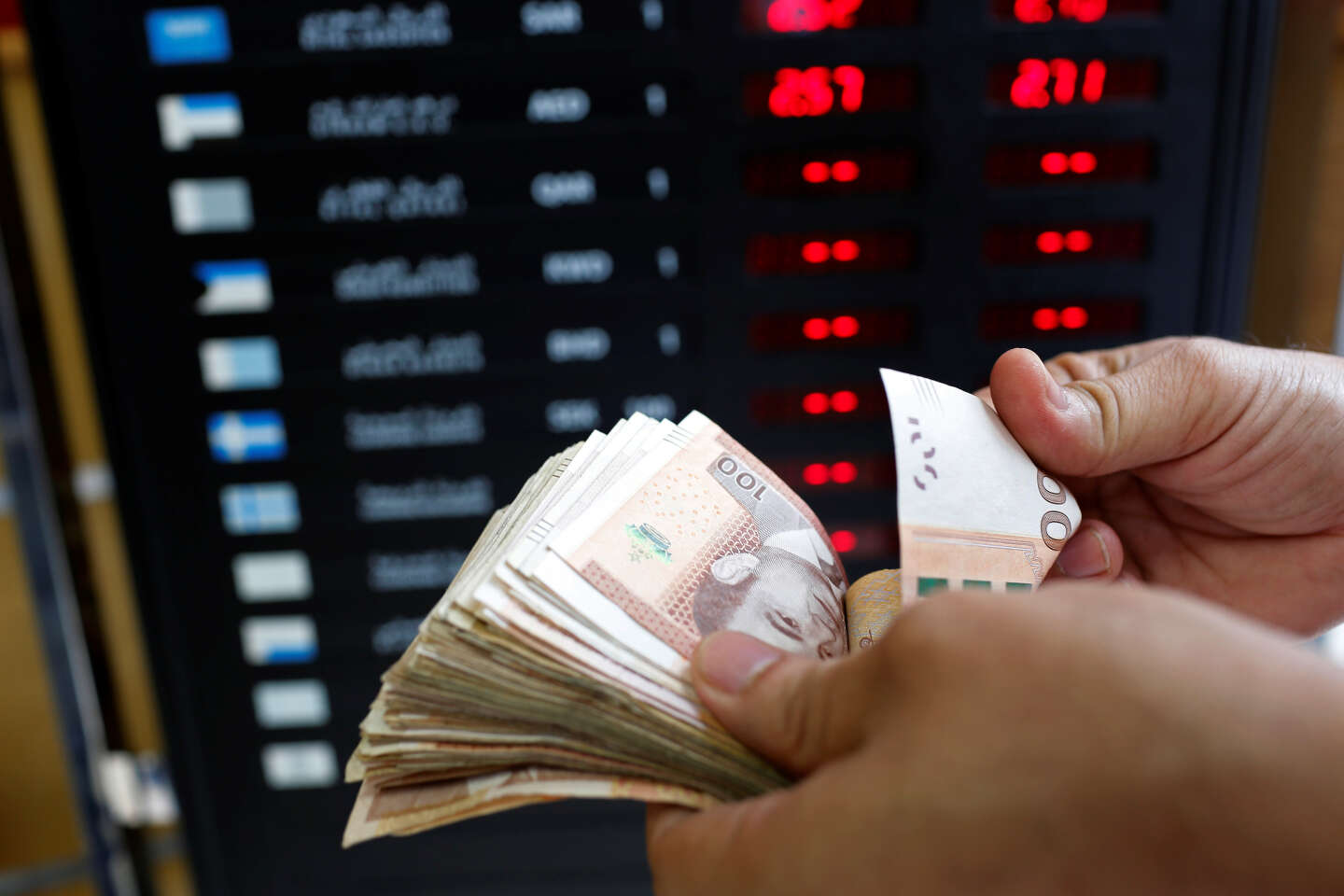Over the past decade, the Algerian dinar has experienced a dramatic free-fall in value compared to the Moroccan dirham. In 2014, one dirham was worth ten dinars, but by 2024, this gap has doubled, with one dirham now equivalent to twenty Algerian dinars.
This gap is not due to an appreciation of the dirham, which has remained stable against the euro and the dollar, but has rather resulted from a steady devaluation of the dinar, reflecting deep economic dysfunctions in Algeria, Challenge Magazine reported.
The media recalls the government’s resort to money printing following the fall in oil prices starting 2014.
Nearly 1,000 billion dinars were injected into the economy without any real increase in production or wealth creation.
The government has also maintained a generous public spending and subsidies policy with salary hikes to buy social peace and quell pro-democracy calls during the Arab Spring in 2011.
While these measures encouraged consumption, the country’s over-reliance on imports led to a depletion of foreign currency reserves. The government chose to print money instead of undertaking monetary policy and economic reforms.
Money printing resulted in double digit inflation eroding the gains of salary hikes in a society where people queue for basic goods such as cooking oil, milk, and semolina.
Algeria has also had one of the world’s most drastic import restriction policy to curb the outflow of hard currency, causing shortages in medicine, foodstuff, cars, and spare parts.
